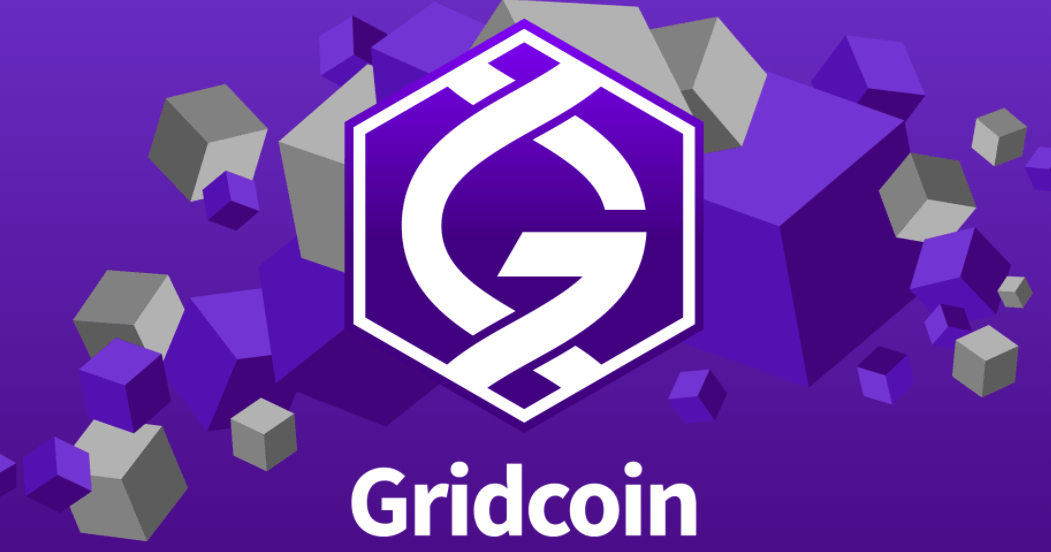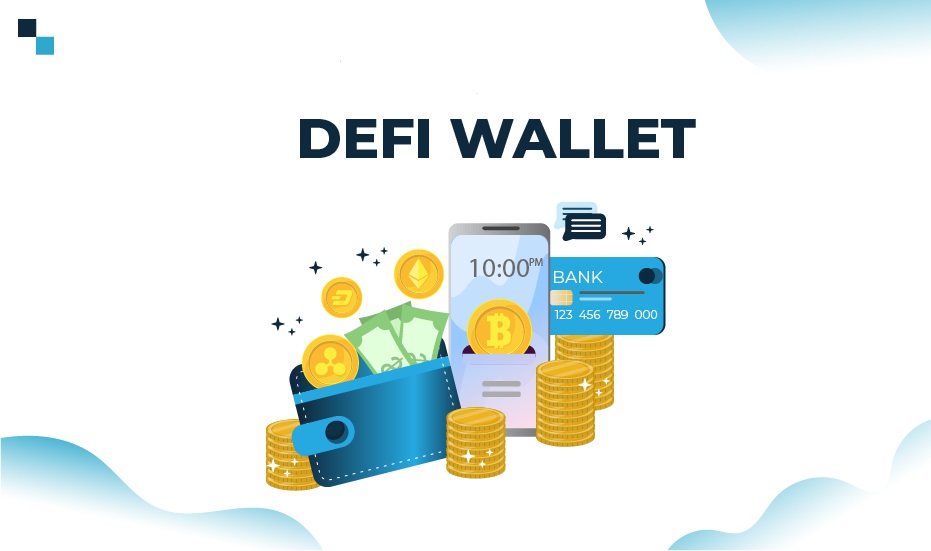What is C-Chain (Contract Chain)? C-Chain (Contract Chain) is the main blockchain used to create smart contracts. It is based on the Ethereum Virtual Machine and uses the Snowman consensus protocol with validators that stake AVAX to participate in the network’s consensus algorithm.
When withdrawing AVAX from Binance, users are given the options “Avalanche” or “AVAX C-Chain.” However, many beginners don’t know which one is right for them and send their funds to the wrong chain, which could lead to losses.
What is C-Chain?
C-Chain is the network used for creating smart contracts. It is an Ethereum-compatible blockchain. It supports the Ethereum Virtual Machine (EVM), allowing developers to deploy Solidity smart contract dapps on it.
Avalanche’s C-Chain has an estimated 4,500 transactions per second, which means dapps can be fast and secure without paying high gas fees. It also uses the Snowman consensus protocol, enabling validators to stake AVAX for block proposals and vote in consensus. This ensures neutrality and censorship resistance while increasing block size to accommodate millions of validators concurrently.
In addition, Avalanche’s C-Chain offers Subnets, a new approach to blockchain scaling. With Subnets, users can build their own custom blockchains that will compete for space on the main chain based on demand. These blockchains can improve transaction speeds and reduce gas fees, while also offering more options for users to build applications on Avalanche’s platform.
One of the most popular use cases for C-Chain is DeFi, which lets people build and run Defi dapps on the Avalanche platform. Defi apps are used to manage money and make payments, and they often involve cryptocurrencies or digital assets.
DeFi works by staking a token to secure transactions, and it requires a certain amount of tokens in order to complete each transaction. It also needs a large number of validators to vote in the Snowman consensus, so it’s important that developers choose the right chain for their projects.
The Avalanche C-Chain also has a lot of different applications, including a decentralized, central limit order book (CLOB) exchange called Dexalot. As demand has risen, transaction fees have increased, and Dexalot’s network is strained for blockspace.
To address this problem, the Dexalot team is launching its own Subnet on Avalanche’s C-Chain, which will increase blockspace and reduce fees. The team will also be able to build new features and functionality without competing with other blockchains for space on the main chain. Moreover, subnets are easier to scale than blockchains and offer faster transactions. In addition, subnets allow the team to build their own custom smart contracts and other tools, making it more difficult for competitors to steal Dexalot’s market share.
C-Chain’s Purpose
C-Chain is an EVM-compatible blockchain that’s catching on fast. Its multi-chain design makes it more scalable and secure than the conventional single-chain blockchains. Additionally, its novel consensus protocol is able to confirm transactions in less than a second. This innovation may help address the scalability challenge that many other cryptocurrencies face.
The C-Chain also boasts a variety of other features, including an easy-to-use interface and a high level of developer support. This allows for the smooth conversion of existing Ethereum dApps to the C-Chain and to take advantage of Avalanche’s scalability and security benefits.
Avalanche has also made an effort to reduce fees on its main chain. This strategy has led to a significant increase in daily transaction volume. However, fees can rise to several dollars if the network is under heavy load.
To get around this issue, Avalanche has introduced subnets, which are highly scalable and customizable blockchains. These can be tailored to meet a wide range of needs, from simple transactions to complex financial applications.
Using subnets to handle off-chain computation is an important innovation because it enables Avalanche to maintain its scalability and agility as the network continues to grow. Its ability to create and use subnets also helps with Avalanche’s scalability by resolving the bottlenecks that traditional single-chain blockchains often encounter.
To use the C-Chain to its full potential, you need to be familiar with the hex-encoded EVM address of the c-chain (aka the C-chain for short) and add it to your MetaMask. Once you’ve done this, you can start sending and receiving DeFi dApps on the C-Chain with ease. The c-chain also has some other nifty tricks up its sleeve, but these are more for the novice than the advanced user.
C-Chain’s Technology
A well-constructed C-Chain has the potential to revolutionize the way we pay for things. Specifically, it could provide improved visibility and transparency to the supply chain, along with an added layer of protection for companies against data theft. However, while the technology is a step forward in terms of security, there are still several lingering questions that need to be answered before we can see this technology take off as an industry disruptor.
For example, is C-Chain able to support offline payments? And can it handle shielded transfers, which are typically more expensive and time-consuming to perform? It’s also unclear whether the C-Chain is able to automate its programmability layer, which would be a major accomplishment in itself.
The future of C-Chain is bright, but the real question is how well the nascent system can adapt to evolving requirements as new and existing business models evolve? Moreover, what kind of a role will it play in the world of ecommerce?
To better understand this, we conducted a study with 12 blockchain experts across academics, startups’ founders and professionals working in consultancies, banks and legal institutions. The findings were analyzed using a multidisciplinary approach to identify the most important factors that will shape the future of the platform.
C-Chain’s Future
With its decentralized, three-chain ecosystem (X-Chain, C-Chain and P-Chain), Avalanche has become a key player in the cryptocurrency market. Founded by computer scientist Emin Gun Sirer, Avalanche offers a range of blockchain solutions, including smart contracts, DeFi apps and validators.
The future of supply chain is a complex one, and many leaders are looking to create partner ecosystems that enable them to navigate disruption and meet stakeholders’ evolving demands. For example, Gartner’s 2022 strategic supply chain predictions include the use of cloud based platforms for collaboration among suppliers and supply chain orchestration.
In addition, there is a growing interest in app-specific blockchains, which are designed to accommodate specific applications that need a certain degree of flexibility and customization. For example, the play-to-earn game Dexalot launched its own Subnet on Avalanche’s C-Chain in order to reduce transaction fees and increase trading speeds. Another Subnet, Crabada’s Swimmer Subnet, redirected traffic from the C-Chain to its own blockchain, freeing up more blockspace and reducing gas fees for users.
Avalanche also has a solution for financial institutions that want to upgrade their systems but are not comfortable with the risks associated with public networks. Its Chain Protocol platform allows them to develop on closed-ended blockchains, which it claims will offer greater security and privacy than public ones.
Avalanche’s three-chain approach could see it outlive many other blockchains and remain a key player in the crypto market for decades to come. This could be a huge benefit for investors, particularly in the long-term. It’s also a great solution for businesses that need a reliable, efficient and secure platform to launch their products on.



